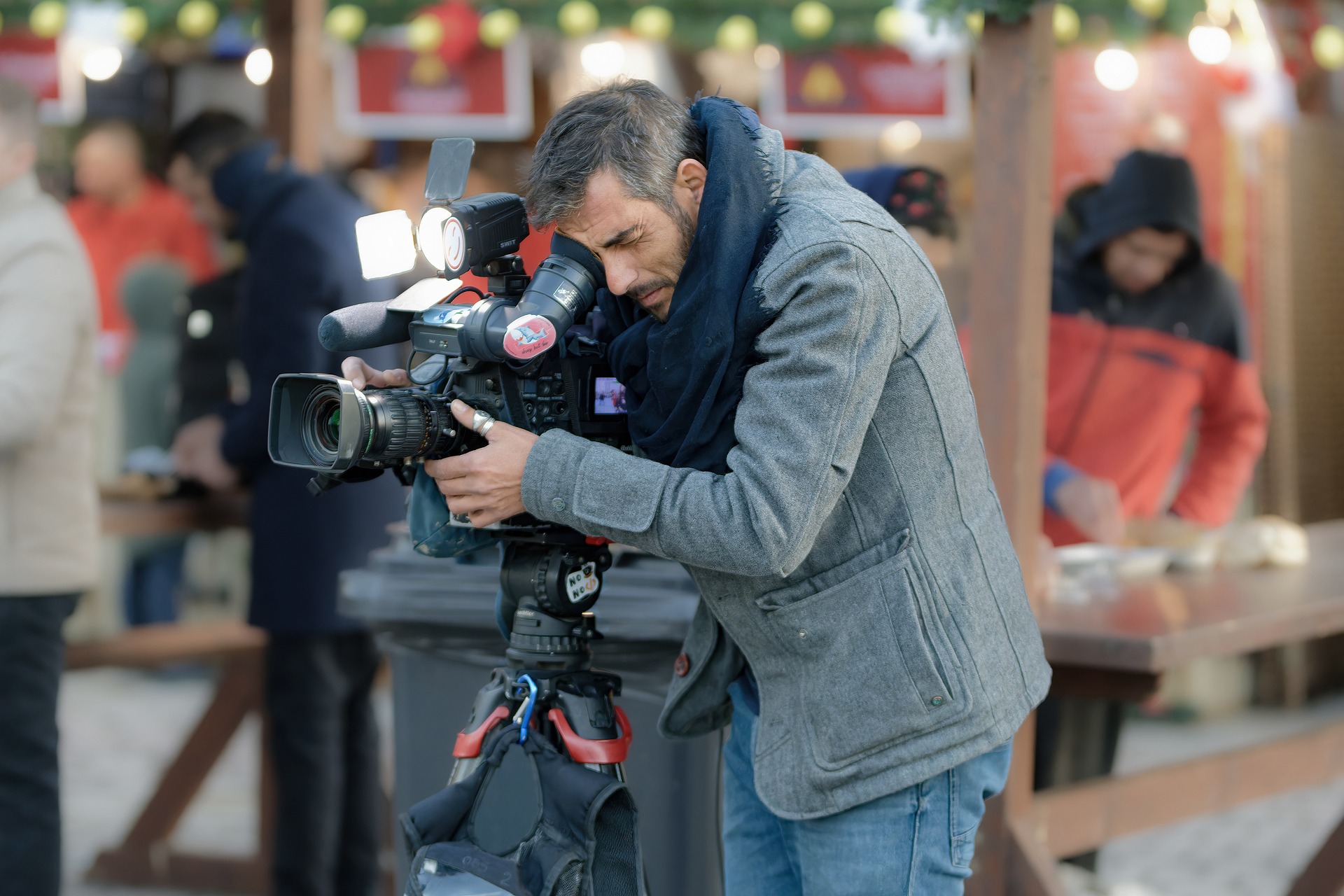Transcending Borders: The Fusion of Film and Fine Art
As the boundary between film and fine art becomes increasingly porous, a new wave of creativity is sweeping the entertainment industry. This fusion between two traditionally separate mediums is transforming how audiences engage with visual storytelling.

The Inception: Merging Film and Fine Art
Film has always been influenced by fine arts. Early filmmakers like Sergei Eisenstein and D.W. Griffith drew inspiration from paintings and sculptures to create visually stunning scenes. However, the recent trend of integrating fine art into films is a novel development. It began with filmmakers utilizing art history to add depth and texture to their narratives, and gradually evolved into a more intricate fusion, where the distinction between the two mediums started to blur.
Current Landscape: The New Aesthetic
Today, this fusion has become more pronounced. Directors like Wes Anderson and Peter Greenaway are known for their artistic films, where every frame could be a standalone painting. In the 2017 film “Call Me by Your Name,” director Luca Guadagnino incorporated art history references throughout, enriching the narrative with visual cues. This trend has also permeated television with shows like “Hannibal,” where the cinematography borrows heavily from fine art traditions.
Impact and Significance: A New Viewing Experience
This intertwining of film and fine art has significantly altered the viewing experience. It creates a layered narrative that encourages audiences to engage with the visual elements as well as the storyline. This fusion has also expanded the creative scope of filmmakers, providing them with a greater palette to express their ideas and emotions. Furthermore, it has elevated the status of film, bridging the gap between popular culture and high art.
Reception: An Evolving Appreciation
The reception to this fusion has been largely positive. Critics have praised the aesthetic richness that fine art infusion brings to films. Audiences too, have shown an appreciation for this trend, with artistic films gaining significant traction at the box office. However, some have expressed concerns that this could lead to an over-reliance on visual aesthetics, potentially overshadowing the narrative.
The Future: Uncharted Territories
The fusion of film and fine art is likely to continue evolving, as filmmakers explore new ways to integrate these two mediums. Virtual Reality and Augmented Reality could provide exciting opportunities for this fusion, potentially creating immersive experiences that further blur the line between film and fine art.
In conclusion, the fusion of film and fine art is a developing trend that is reshaping the entertainment industry. By merging these two mediums, filmmakers are pushing the boundaries of visual storytelling, creating a fresh and dynamic viewing experience that captivates audiences. As this trend continues to evolve, it will undoubtedly usher in new creative possibilities, enriching the cinematic landscape.




